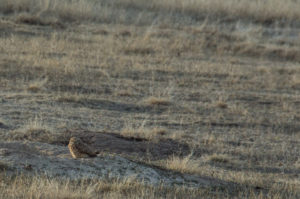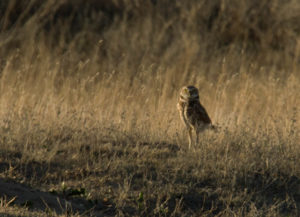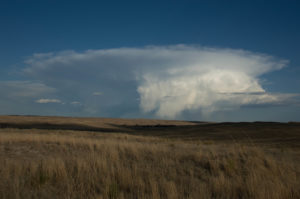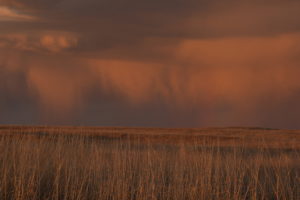A month ago, the thought that I would be delighted to be in Nebraska would have made me laugh.
Traveling west through Missouri to Kansas City leaves few options for continuing west: I could cross Kansas or Nebraska. I’ve driven through both states before but it requires some fortitude, perseverance, and a lot of will power; there is a reason they are called fly over states.
This time, I decided to go through Nebraska hoping the Sandhill crane migration on the Platte River would break up the trip. Alas, I missed the migration and still had three-quarters of the state to cross.
Having missed the cranes, I decided to stop at Crescent Lake National Wildlife Refuge in the Sandhills. I had no idea whether there would be cranes or not but a few days of spring migration bird watching on a wildlife refuge sounded lovely.
I often take crazy, circuitous routes from point A to point B. Sometimes this is on purpose; sometimes I just stink at navigating. In states like Nebraska, I feel confident that what I see from the interstate is what I would also see from any other road in the state.
I turned off the interstate at Ogallala and worked my way northwest to Oshkosh. From there I drove 28 miles of terrible road. I’ve driven a lot of back roads all over the country; this road gets special mention. First, it’s sand. Then, it’s washboard. I’m not sure how sand turns to washboard but there it is. Trying not to lose my teeth on the washboards, a sand pit would appear; using enough power to prevent bogging down in the sand, meant I would then rocket back onto washboard.
Eventually, the road turns back to pavement – the original pavement from the inception of the refuge in 1931. The pavement is almost as bad; barely a lane wide with washboards, potholes, and patches. Again, not sure how pavement turns to washboard but… Despite the road condition, the refuge felt compelled to set a speed limit: a hopeful 35 miles per hour. Not known for my grandmotherly driving, I maxed out at about 22. Luckily, there was no other traffic so I was able to use any section of the road that suited me and avoided the previously mentioned pitfalls.
Without quite realizing it, somewhere along the drive north into the Sandhills, I lost the cornfields. The seemingly endless flat turned to rolling hills and grasslands. A few creeks ran through the scene and as I moved north more lakes appeared.
I stopped at the refuge boundary and popped up for the night at a state fishing access on Blue Lake. As I walked up the road from the lake, a fluttery brown motion caught my eye; a burrowing owl landed on a mound of fresh soil.

Burrowing owl on prairie dog mound
In my opinion, burrowing owls are the meerkats of North America. They nest in prairie dog burrows and have a habit of stretching tall and standing upright like meerkats. Plus, they are similarly ridiculously cute. Unlike many owls, they are diurnal and are readily visible during the day. The evening was full of their coo-coooooo calls. I counted three the first evening but eventually found at least seven owls in that prairie dog town.

Burrowing owl doing its meerkat impersonation.
Mountain time zone begins somewhere in mid-Nebraska, being on the eastern edge of the time zone meant an early sunrise. The western meadowlarks began singing long before there was light in the eastern sky. They were everywhere and incessant in their calls. It’s spring, after all, and there are territories to be defended and mates to attract.
Next to the lake, the red-winged blackbirds were bouncing around trilling and fighting. The cattails and marsh grasses haven’t grown enough yet this season for them to hang out there. Instead, two- or three-dozen birds clumped up in two scrawny little willow shrubs right next to the lake, and right next to the camper.
Through the day on the refuge, I found long-billed curlews and white-faced ibis and heard American bitterns, Unk-a-chunk, Unk-a-chunk. Northern harriers and turkey vultures worked the landscape while northern shovelers, blue-winged teal, and scaup plied the waters. Killdeer filled the air with their Ki-dee, ki-dee, ki-dee all day long. I flushed several sharp-tailed grouse and searched out greater prairie chickens on their lek.
The birds aside, I spent the day reveling in the endless sky and the open horizon. Hills rolling one into the next for as far as I could see, broken only by small lakes here and there. As the evening came, I watched several massive storm cells build to the east. I could see virga (rain that falls from clouds but evaporates before it hits the ground) falling in waves as the setting sun made everything glow in colors that only seem to appear in western skies. I was delighted to be in Nebraska and, beyond that, I was delighted to be back in the west.



